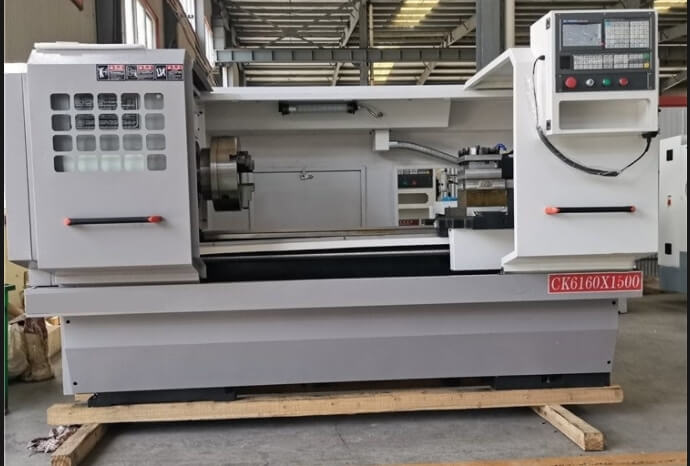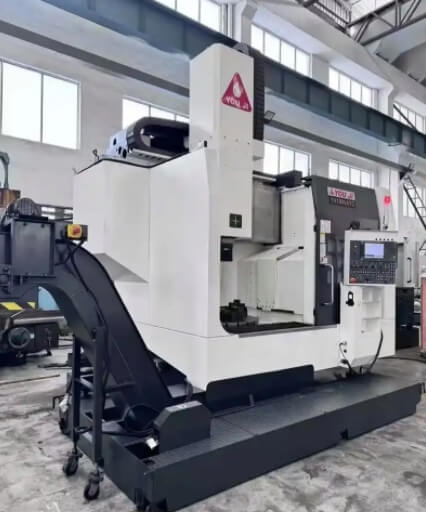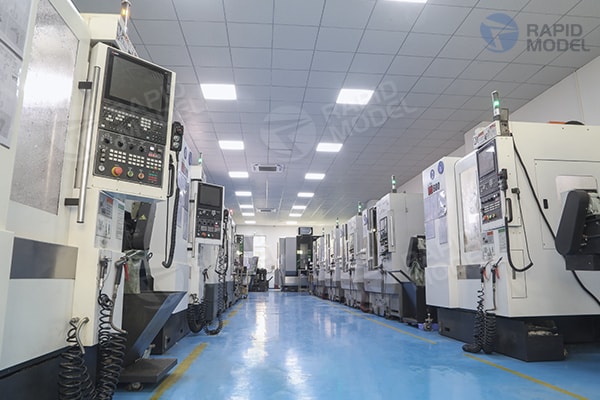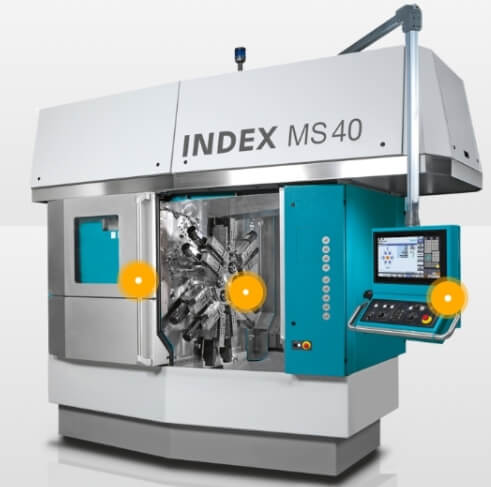4 Core Types of CNC Lathes: A 20-Year Engineer's Practical Selection Guide
Preface:
My fingers slide across the cold control panel; code flows on the screen; the hum of the spindle grows sharper, finally turning into the whir of cutting — another workpiece is about to take shape under the precise “sculpting” of the CNC lathe. After twenty years in this field, I know these “steel beasts” inside and out. They are no longer just cold machines, but battle-tested partners at my side. Today, let’s talk about these “metal magicians,” their core types, and their essential roles.
1. Horizontal CNC Lathes: The Backbone of Turning
Features and details: The spindle is mounted horizontally. A chuck holds and spins the workpiece while the tool moves along the X and Z axes to cut. Walk into any machine shop, and you will see them lined up like silent soldiers. Modern horizontal lathes often have a 12-station turret, with tool change times under 0.8 seconds (according to leading machine tool makers). Their efficiency is amazing.
Role and Experienced Insight: The undisputed champion for machining shafts, discs, and sleeve-type parts. Think engine crankshafts, drive shafts, flanges, gear blanks... What isn't touched by it? Recall a batch of precision hydraulic spools a decade back. Tolerances demanded ±0.005mm, material was stubborn stainless steel. It was the horizontal lathe's superior rigidity, stable thermal control, and fine servo feedback, paired with painstakingly optimized parameters and custom form tools, that conquered it. Scrap rate? Held below 0.3%. Without its rock-solid performance, high-volume, high-precision rotary work is fantasy. The Horizontal CNC Lathe is the absolute bedrock of turning.

2. Vertical CNC Lathes (VTL): A Strong Base for Giants
Features and details: The spindle is vertical, and the workpiece “stands” on a horizontal table. Imagine machining a two-meter-wide flange weighing several tons. A horizontal lathe? It simply cannot support or spin it! The large VTL table gives stable support, and the chuck or special fixture clamps it firmly. Big VTLs can handle parts over 20 tons (based on industry testing) and have massive spindle torque. Setting them up often means climbing meters-high platforms to adjust the tool holders, towering over huge rotating parts — something a horizontal lathe simply cannot match.
Role and experience insights: They are built to machine large, heavy, short, or thick disc-shaped workpieces. Wind turbine hubs, big valve bodies, slewing rings for heavy machinery — these are their specialties. The unmatched load capacity and cutting stability of a vertical lathe make it the only solution for precision machining of such “giants.”

3. Turn-Mill Centers (TMC): One Setup, Breaking Traditions
Functions and details: The ultimate evolution of a lathe! With live milling capabilities (usually through the Y-axis and B-axis), it enhances powerful turning abilities. This means with just one part setup, you can not only turn outer and inner diameters, face mill, and cut threads, but also mill flats, contour mill, drill angled holes, and tap. Watching the turret smoothly switch from a turning tool to a rotating end mill to cut a keyway on the side or drill holes precisely — that is the magic of integrated machining. High-end TMCs with a B-axis (milling spindle rotating around the Y-axis) can reach positioning accuracy of ±0.0005 degrees (according to manufacturers), allowing machining at any angle.
Role and experience insights: They have completely changed how complex, multi-process, high-precision parts are made. Medical bone screws, aerospace impellers, precision hydraulic manifolds — these complex, demanding shapes are what they do best. My strongest memory is machining a special aerospace Inconel part. The traditional way needed five machines and seven setups — the accumulated error was a headache, and efficiency was poor. With a turn-mill center, one setup completed all turning, milling, drilling, and tapping. The cycle time dropped by over 60% (project data), and key geometry tolerances improved by a whole grade. It was not only faster but also a breakthrough in precision and freedom of process design.

4. Multi-Axis CNC Lathes: The Dancers of Metal Carving
Functions and details: Multi-axis CNC lathes (TMC) are taken to a new level. They usually feature twin spindles and twin turrets (upper/lower), often adding a sub-spindle and Y-axis. Imagine this: the main spindle rotates one end of the part, while the sub-spindle grabs and positions it; the upper turret turns the outer diameter, while the lower turret mills or drills the back of the workpiece at the same time. Multi-axis synchronization is like a precise ballet. High-end models can achieve spindle-to-spindle synchronization within less than 0.01 mm, enabling seamless part transfer.
Role and experience insights: This is the peak of extreme efficiency, high automation, and complete complex part machining. It is the ideal choice for mass production of automotive parts (like steering knuckles or camshafts) and complex hydraulic housings. In one automated connecting rod production project, a twin-spindle, twin-turret multi-axis lathe combined with a robot loader reduced the cycle time for each part to an astonishing 45 seconds, achieving almost fully unattended operation. Watching parts move smoothly between spindles, with the twin turrets dancing in coordinated motion and chips flying in rhythmic arcs — it is truly the perfect blend of modern manufacturing efficiency and precision. Multi-axis CNC lathes dominate the field for mass-producing complex parts.

5. The Wisdom of Choice and the Pulse of the Future
Choosing the right type? Never a careless decision. A horizontal lathe is your reliable backbone; a vertical lathe is your stable guarantee for heavy machining; a multi-axis lathe is your ultimate tool for high-output efficiency. Authoritative market reports (such as Gardner Intelligence) show that the annual growth rate for TMC and multi-axis lathes is a steady 8–10%, far outpacing traditional lathes. This clearly signals the future: more integration, more intelligence, and more flexibility.

